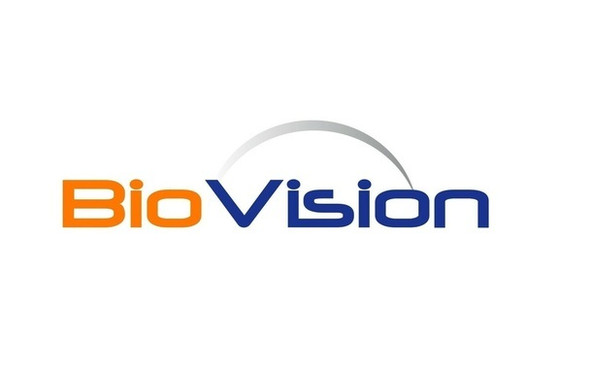Biovision
Human CellExp™ HDAC8, Human Recombinant, Active
- SKU:
- 26-P1266
- Availability:
- Usually Shipped in 5 Working Days
- Size:
- 50 μg
- Storage Temperature:
- -80°C
- Shipping Conditions:
- Dry Ice
- Shelf Life:
- 12 months
Description
Biomolecule/Target: HDAC8
Synonyms: HDACL1, HD8, Histone Deacetylase 8, CDA07
Alternates names: HDACL1, HD8, Histone Deacetylase 8, CDA07
Taglines: Critical regulator of transcription, cell cycle progression, and developmental events
Taglines: USA
Country of Animal Origin: USA
NCBI Gene ID #.: 55869
NCBI Gene Symbol: HDAC8
Gene Source: Human
Accession #: Q9BY41
Recombinant: Yes
Source: HEK293 cells
Purity by SDS-PAGE #: ≥95%
Assay: SEC
Purity: N/A
Assay #2: N/A
Endotoxin Level: N/A
Activity (Specifications/test method): Deacetylation activity was determined using the Boc-K(TFA)-AMC substrate.
Biological activity: N/A
Results: N/A
Binding Capacity: N/A
Unit Definition: N/A
Molecular Weight: 41 kDa
Concentration: N/A
Appearance: Liquid
Physical form description: In 30 mM HEPES, 140 mM NaCl, 10 mM KCl, 3% glycerol, 0.25 mM TCEP, pH 7.5
Reconstitution Instructions: N/A
Background Information: Human Histone Deacetylase 8 (HDAC8) is a member of the class I Histone Deacetylases. HDACs are important enzymes for the transcriptional regulation of gene expression in eukaryotic cells. HDACs catalyze the removal of acetyl groups from lysines near the N-termini of histones. Human HDACs have been implicated in a variety of human diseases such as cardiomyopathy, osteodystrophy, neurodegenerative disorders, aging and cancer. Expression of HDAC8 is restricted to cells showing smooth muscle differentiation in normal human tissue and is a novel marker of smooth muscle differentiation. Like other class I and II HDAC members, the activity of HDAC8 is sensitive to HDAC inhibitor Trichostatin A (TSA).
Amino acid sequence: N/A
Handling: Thaw on ice, and aliquot into smaller working quantities to avoid multiple freeze/thaw cycles.
Usage: For Research Use Only! Not to be used in humans






